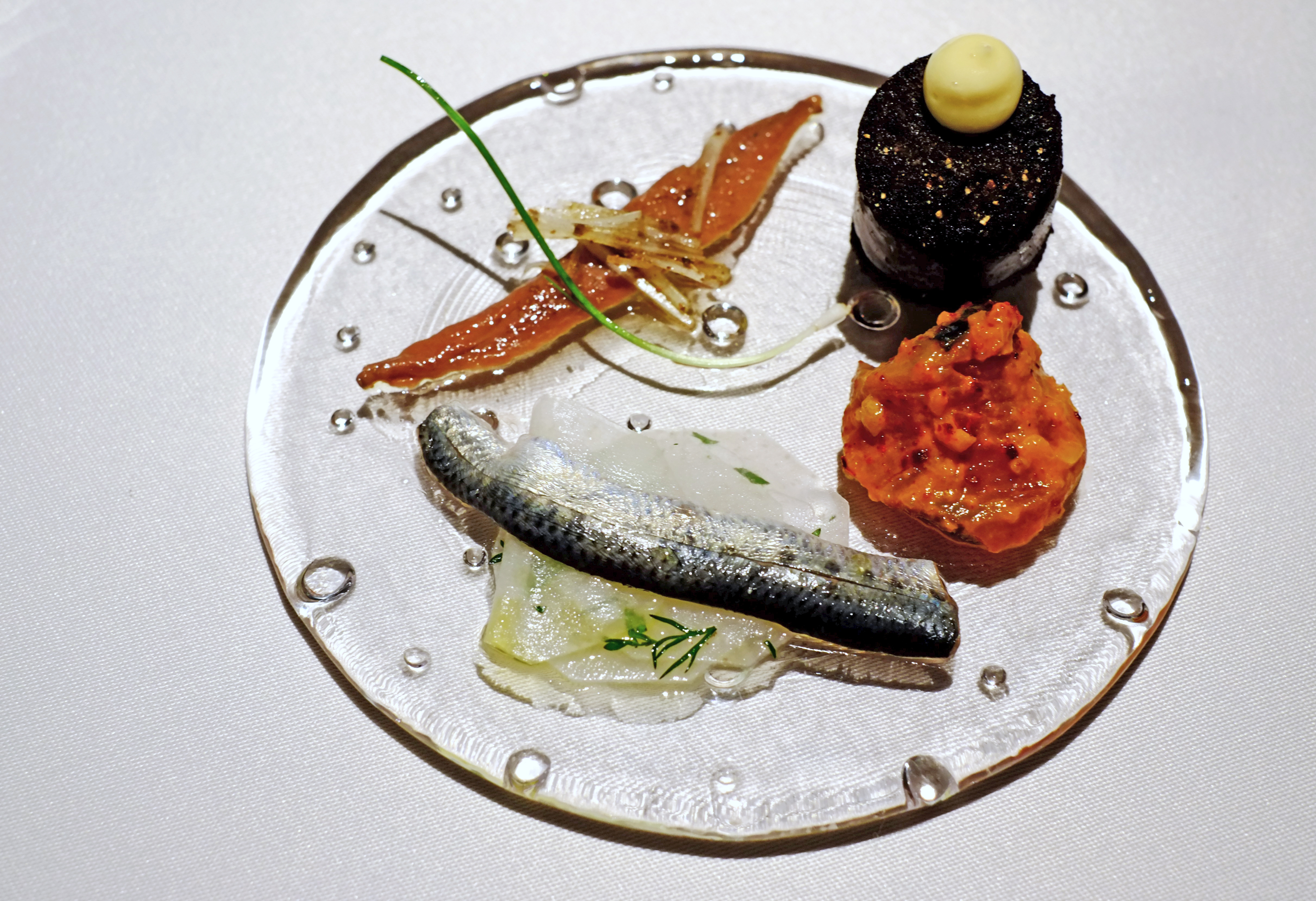The seaside town of San Sebastian, in Spain's Basque Country, is well known as a crucible of culinary experimentation. It's a town where bars offering pinchos (small snacks) groan under the weight of vast spreads of braised beef cheek, hake throats laced with shouty salsa verde and blood puddings spiked with apple and raisins. A place where dangling bellota hams perfume the air with acorns and where bills can be tallied up in shirt stains just as well as they can in euros.
But the roaring trade in pinchos is merely half the city's appeal. The rest — well documented by those who make the pilgrimage — is found at its fearless founts of modernist cuisine. This includes Arzak, whose head chef and patron Juan Mari Arzak is widely credited with pioneering many of the freeze-drying, dehydration and distillation techniques made famous at Catalonia's now-shuttered El Bulli. Another is Mugaritz, a commune of playful austerity hidden away on the misty Basque hills, where intrepid diners have been known to risk mouthfuls of smashed teeth by chomping down on edible stones.
In Tokyo, Spanish restaurants have been around for decades, with tapas bars springing up by the dozens during a boom in the late 2000s. However, most of these restaurants give neither a sense of Spain's bustle nor how cutting edge Spanish cuisine has become. Too often, those fluttering red-and-yellow flags on Japan's backstreets signify little more than disappointment and a dry tortilla — or leave you searching for solace in the bottom of a leathery tempranillo.



